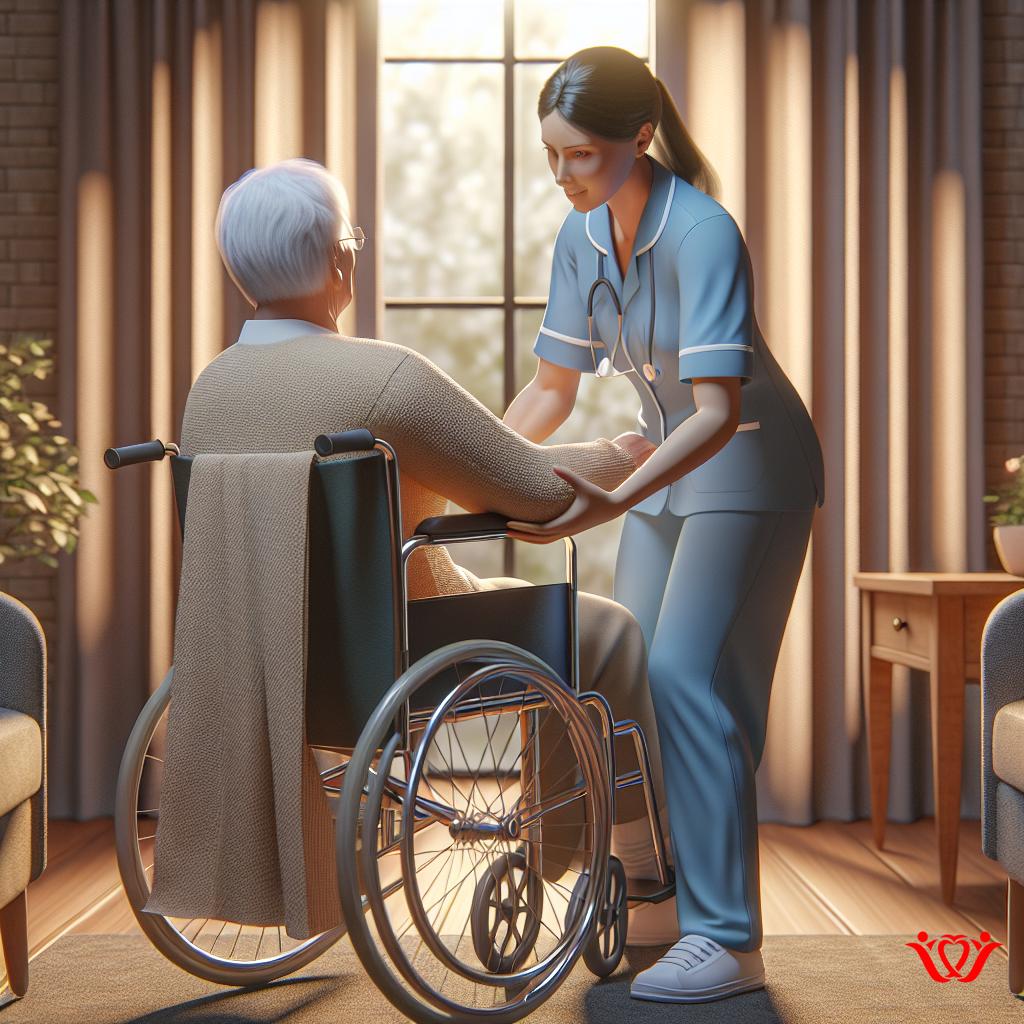
Home health care workers face unique challenges that can lead to physical strain and injury. Implementing effective ergonomic practices is essential to protect the well-being of caregivers while ensuring high-quality patient care.
Understanding Ergonomics in Home Health Care
Ergonomics is the science of designing tasks and environments to fit the user, which helps in minimizing risk factors for injuries. In home health care, this involves considering the physical demands of caregiving, such as lifting patients, managing equipment, and maintaining a safe work environment.
Common Ergonomic Risks
- Repetitive movements
- Poor posture
- Inadequate equipment
- Unfamiliar environments
Understanding these risks allows caregivers and agencies to implement solutions that can significantly reduce injury rates.
Effective Ergonomic Practices
1. Proper Lifting Techniques
Caregivers should be trained in safe lifting techniques to prevent back injuries. Key principles include:
- Keeping the back straight and bending at the knees
- Holding the load close to the body
- Avoiding twisting motions
- Using assistive devices when possible
2. Use of Ergonomic Tools
Equip caregivers with tools designed to reduce strain, such as:
- Transfer aids: Slide sheets, hoists, and gait belts
- Adjustable furniture: Beds and chairs with height adjustments
3. Training and Education
Ongoing training ensures that caregivers are aware of the latest ergonomic practices. Topics should include:
- Identifying ergonomics risks
- Correct use of assistive devices
- Exercises to strengthen core muscles
The Role of Employers
Employers play a significant role in reducing ergonomic injuries. By fostering a culture of safety and providing necessary resources, they can create a supportive work environment.
Providing Resources and Support
- Regular ergonomic assessments
- Access to professional ergonomists
- Investment in ergonomically designed equipment
Conclusion: Prioritizing Ergonomics for Better Health Outcomes
Implementing ergonomic practices in home health care leads to safer working conditions and better health outcomes for both caregivers and patients. By focusing on education, proper technique, and the right tools, the risks associated with physical strain can be significantly reduced.









0 Comments